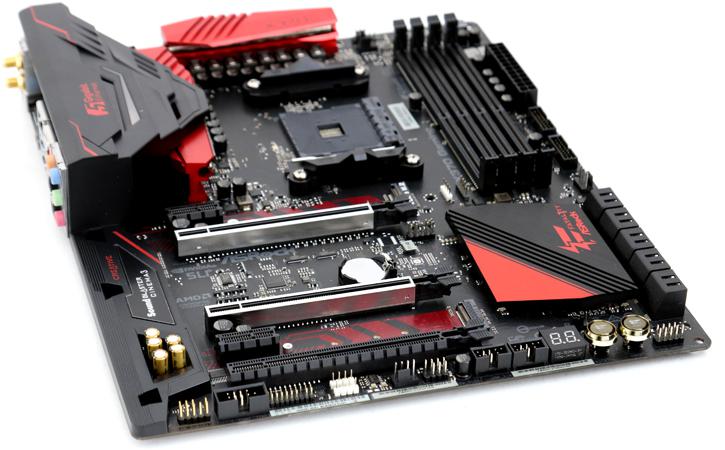An introduction at a double data-rate
AMD Ryzen June 2017 update
Tweaking that CPU and using faster memory = perf
In this article we'll have a look at the current state of Ryzen. Over the past two months a number of things have changed. AMD issued firmware updates to increase memory compatibility mostly. But the trivial question remained, is 1920x1080 performance increasing? It sure is a complicated thing to answer as there are many variables involved, like part of that responsibility is to be found by the software developers. When Ryzen processors where released, most games ran absolutely fine. However there was a handful of titles that performed below par, the biggest of them are Hitman 2016 and of course, Rise of the Tomb Raider.
These games have seen a number of patches and combination of new firmware updates (AGESA 1006), the ability to use faster memory and that combination of factors boost the overall performance. And once you overclock your Ryzen processor towards that 4 GHz domain, combined with the new updates the performance certainly normalizes and becomes impressive even.
In this article we'll be testing with AGESA 1006 (AMDs firmware that ends up in the motherboard BIOS). We'll take my favorite of the lot, the Ryzen 7 1700. Eight-cores / sixteen threadas priced at 329 USD and the ability to overclock it fairly high (you need a bit of luck with the processor of course), yep this CPU oozes value as you can bring it towards 499 USD 1800X performance (or at least close enough). We will be looking at several things, we'll use that Ryzen processor in its default configuration at 2133 MHz DDR4, then 2933 MHz and 3200 MHz as measured back in April. We'll then add a new result set of June 2017 and then peek at performance differences with DDR4 memory based upon the AGESA 1004 (April) and AGESA 1006 (June). We'll start at 2133 MHz and gradually work our way upwards to 3200 MHz with a CL rating of 14.
Before we begin I'd like to hand out to you my tips to boost your performance, especially for gaming, here are a few generic but recommended Guru3D tips:
- Are you building a new PC? Always start with a fresh Windows installation. Do not reuse an OS that was already installed on a HDD/SSD.
- Update your motherboard to the latest firmware BIOS that is based on AGESA 1006.
- Make sure you have your memory can manage 2933 MHz DDR4 with CL16, lower say 2133 MHz DDR4 will hurt game performance as this article will show.
- Lower latency memory matters - if you can get a supported kit at the right price, we recommend a CL14 one.
- For best game performance, download the AMD chipset driver and set your energy performance mode to Ryzen optimized..
- Tweak your processor, we can reach 4.0 GHz on all cores on just air cooling. In this article we use liquid cooling and clock the CPU to 4.1 Ghz on all cores. This offers a big gain for game performance - but granted, this will eat a bit more energy. 50 Watts extra under hefty load. But even 3700 MHz on all cores with default voltage will make a significant performance difference.
Highly recommended, download and install the AMD chipset driver + enable the Ryzen Balanced performance mode.
For the Ryzen 7 1700 you should be able to reach a stable 4.0 GHz on ALL cores on air and maybe 4.1 with liquid cooling (though this is harder to accomplish). The 100 MHz is not going to make all the difference though. After that number things will start to get complicated though. We cannot stress enough, Ryzen is a new platform. Hence it will need a software and BIOS updates this year. In fact last month in may you have been able to see a new microcode BIOS update. With the AMD Generic Encapsulated Software Architecture (AGESA) 1.0.0.6 update the overall memory latency dropped compared to the release versions, more memory is supported as well. We'll use a memory kit from GEIL this round for performance testing. This kit offers 3200 MHz out of the box at 1.35 Volts. The CAS latency is a nice CL14-14-14-34. What we'll also do in this article is simple plain good old fashioned memory swapping, we'll take close to 15 DDR43 kits and see how it reacts towards enabling XMP in the BIOS.
With AGESA 1006 - we can now simply enable the a 3200 MHz XMP profile in the BIOS, and we're on our way booting into Windows.
This DDR4 RAM memory for the people that desire faster performance on the AMD platform while making sure you have a memory stable setup. You can XMP profile enable them in the motherboard BIOS configuration. If that doesn't work, insert timing manually.




